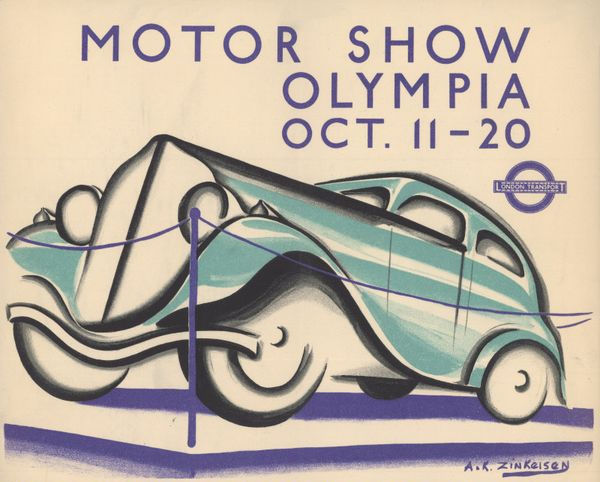Museum Curated by The People it Represents
- Editor OGN Daily
- Mar 16, 2023
- 2 min read
The Manchester Museum, in northern England, asked 30 community members to curate its new South Asia gallery - the latest cultural institution to hand over control to those it represents.

The pieces displayed in many museums come from colonial-era collecting and today, in England, only about six percent of museum staff identify as Black, Asian or ethnically diverse - and museum visitors are also overwhelmingly white. In response, some museums have turned to community-led curation.
“In the traditional gallery, you focus on the particular object, the date, the material. But this is more about how people see history, how people see each other, how people see themselves here in the UK as part of the South Asian diaspora - and also how they want to present themselves and their history and their experiences and their thoughts about these different stories and objects,” observes Sushma Jansari, the South Asia Curator at the British Museum.
The Manchester Museum project stands out for the size of the gallery, the permanence of the co-curated space, and the sheer number of community members who took part in all aspects of decision-making.
The South Asian community in Greater Manchester is one of the largest in the UK, representing more than 20 percent of the population. It’s also one of the longest-established, with some families tracing their history in the region back five generations. Many are from India and Pakistan, countries directly impacted by British rule.
The curators, officially called the South Asia Gallery Collective, worked collaboratively for nearly five years. Members brought personal stories and their own lived experience to the work, from sourcing objects to writing accompanying text, and were paid for their involvement.
They had input on the design of the gallery, too, down to where cases would be placed, the style of flooring, and the mustard yellow paint on the walls. “I think the biggest success is that [the community members] were there at the beginning,” says South Asia Curator Nusrat Ahmed, who was hired to the staff role after being part of the Collective. “They weren’t brought in after a seed was already sown. They were there to shape the gallery from start to finish.”
“I’m not a person that visited galleries and museums and other art heritage sites, because I couldn’t see myself represented in them,” Ahmed says. “For me it’s been a very personal journey because this South Asia gallery will give future generations the opportunity to see themselves being represented in the stories and the objects.”
The Collective could opt to choose items from the Manchester Museum or the British Museum (and other partner institutions) to present in their context. The work on loan includes a 7,000-year-old brick from the Indus Valley and a Cartier brooch featuring a Mughal empire emerald.
The new South Asia gallery opened in February as part of a multimillion-pound renovation.
Swedish Winter Tradition: In northern Sweden, where winter months means up to 20 hours of darkness a day, staying positive is challenging but, fortunately, residents have come up with a variety of strategies to make winters more fun and cozy. One of these strategies is illördag, or 'little Saturday', which, counter-intuitively, takes place on Wednesday's. More...



